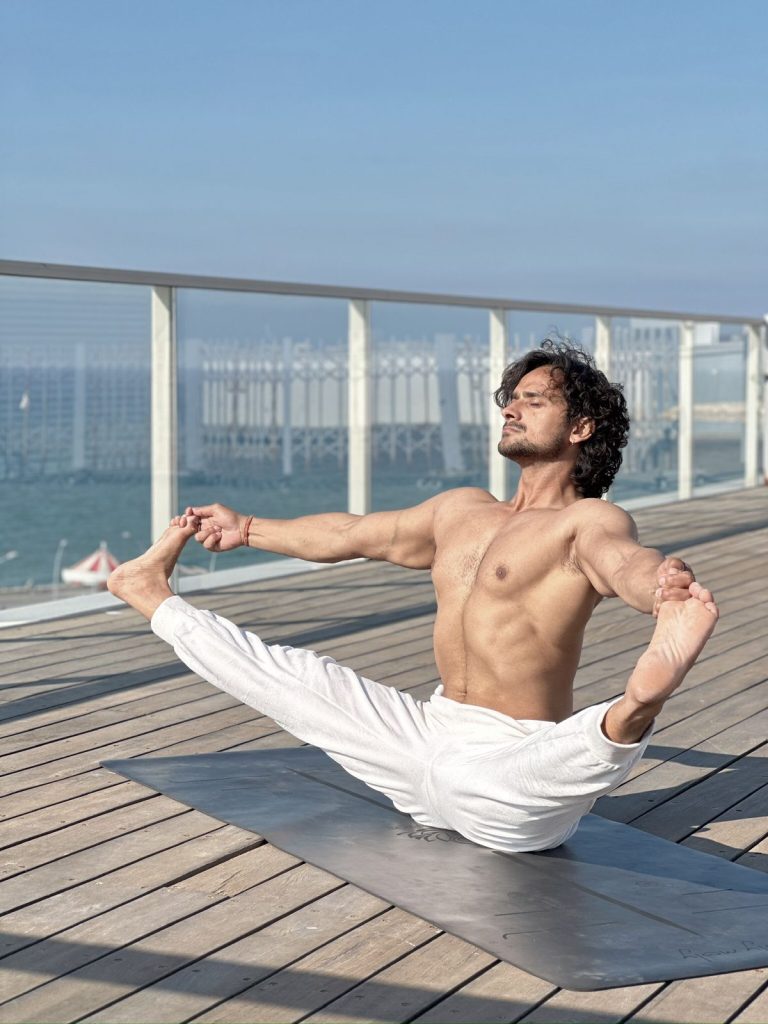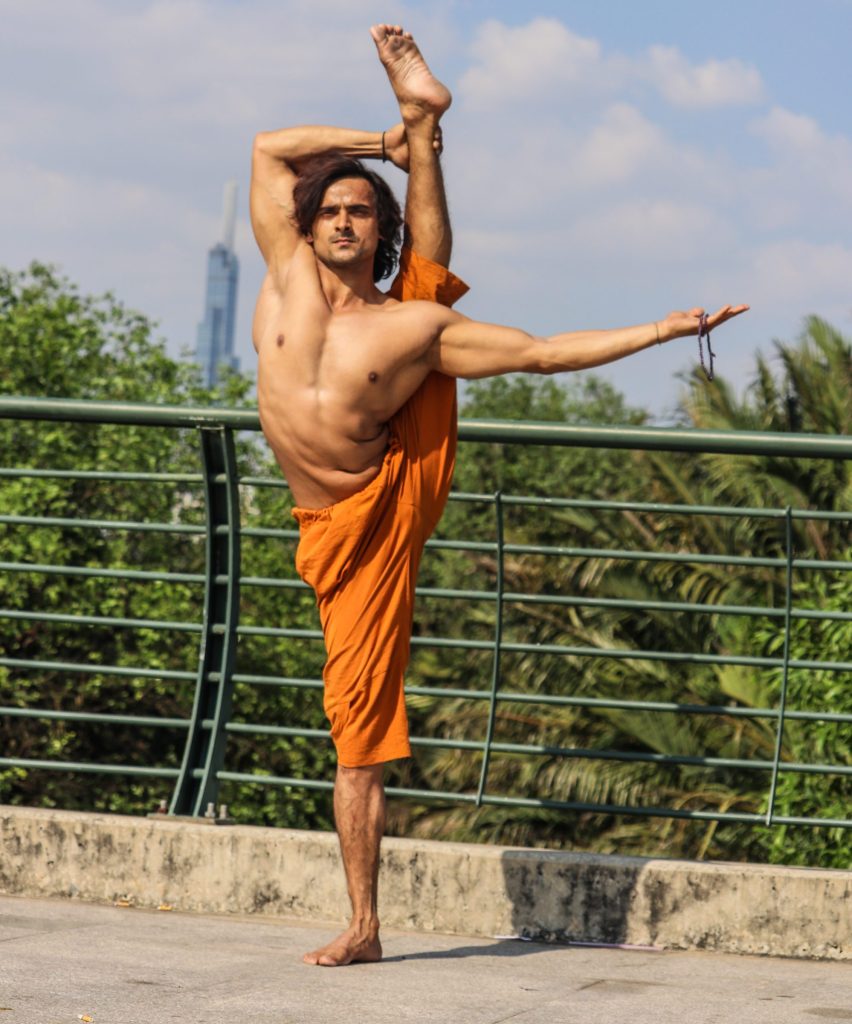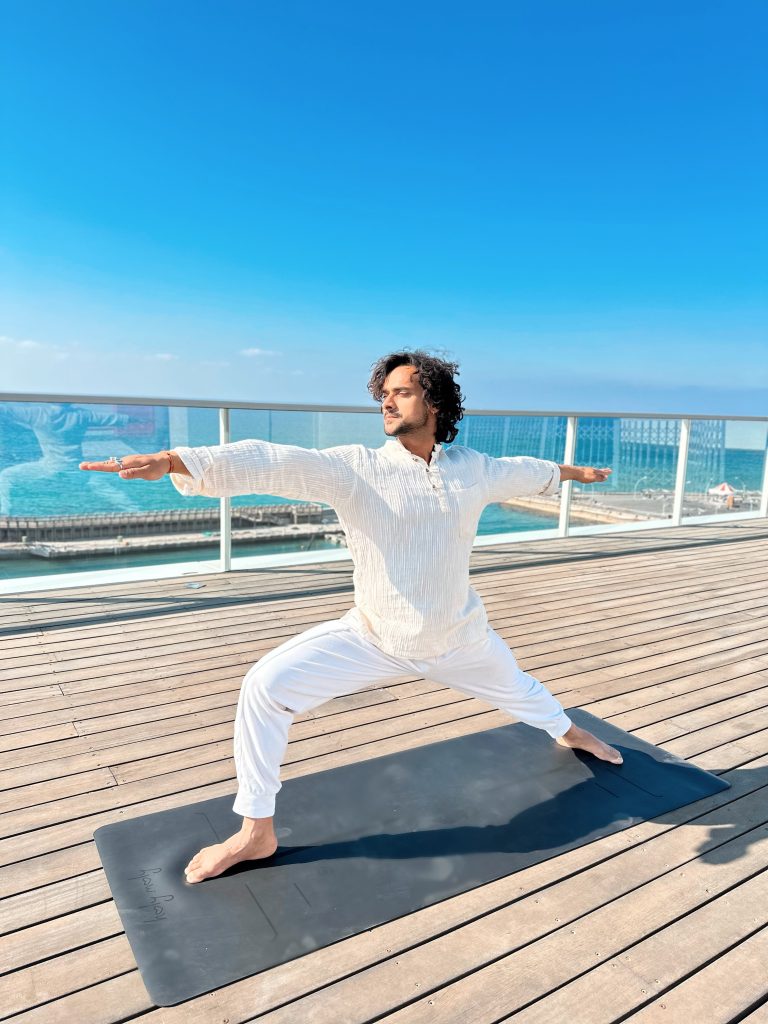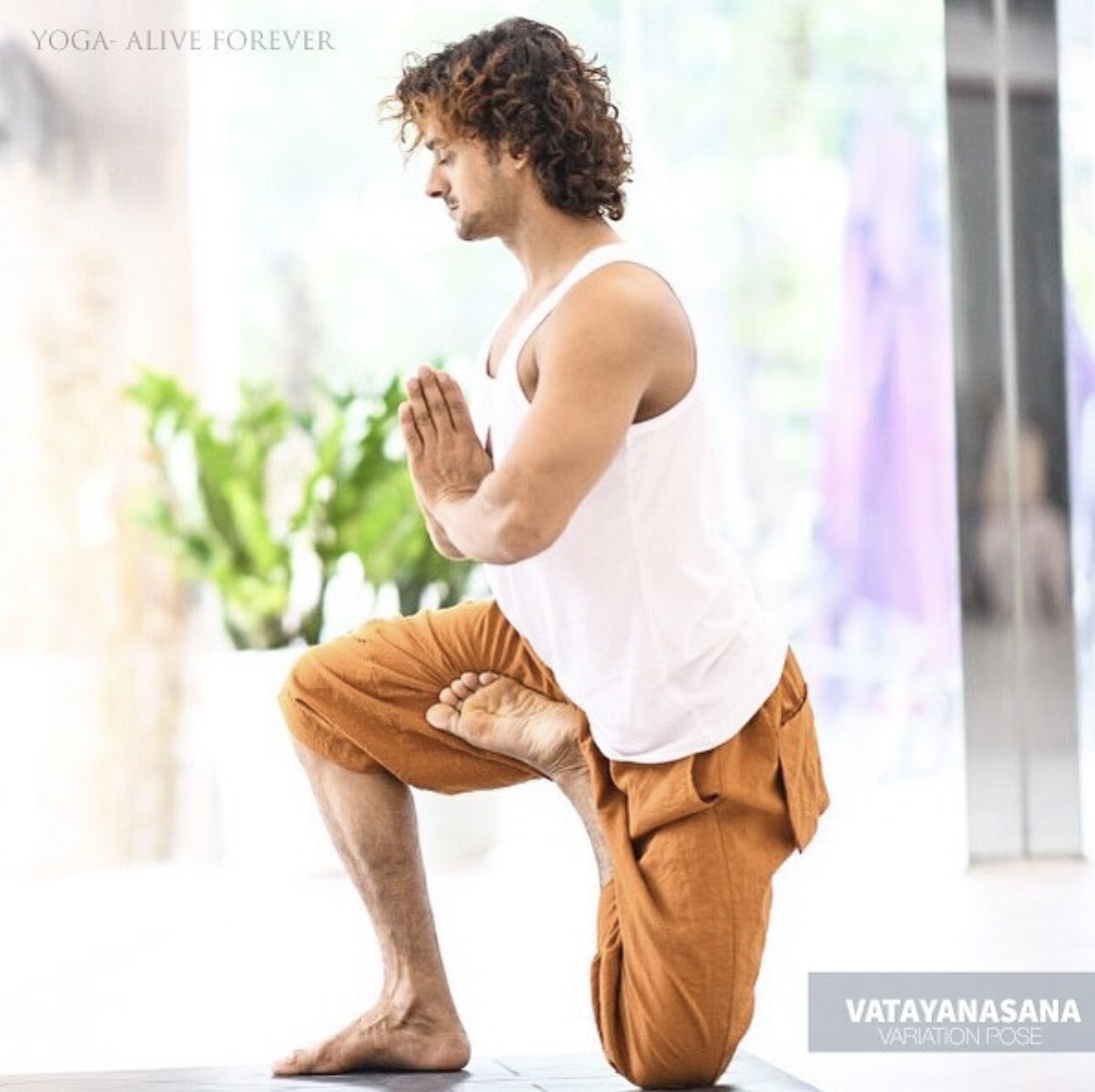🔹 1. Asana Practice & Alignment (Hatha & Ashtanga Vinyasa)
Daily Morning Practice + Breakdown Sessions
•Intermediate Hatha Yoga Asanas
•Primary Series (Ashtanga Vinyasa) – with traditional vinyasa counting
•Key Asanas: Headstand, Crow pose, Wheel, Splits, Forearm Balance (preparations & techniques)
•Asana categories: Standing, Balancing, Backbends, Twists, Inversions
•Alignment & Adjustments – hands-on and verbal cueing
•Use of props for safe progression
•Therapeutic applications and modifications
🔹 2. Pranayama (Breathing Techniques)
Theory + Daily Practice
•Nadi Shodhana (Intermediate rhythm)
•Bhastrika, Kapalabhati (advanced variations)
•Ujjayi, Sheetali, Sheetkari
•Introduction to Bandhas: Jalandhara, Moola, Uddiyana
•Pranayama sequencing & benefits
•Breath retention (Kumbhaka): Antar & Bahir
🔹 3. Meditation & Mantra
Traditional Techniques for Inner Stillness
•Guided meditations (Chakra, Trataka, Inner silence)
•Mantra chanting (Om, Gayatri, Mahamrityunjaya)
•Japa meditation with mala
•Bhakti and Nada Yoga (sound and devotion as meditation)
•Antar Mouna & Yoga Nidra (Deep relaxation)
🔹 4. Yogic Philosophy & Lifestyle
Based on Classical Texts
•Patanjali Yoga Sutras – deeper study of Ashtanga (8 limbs)
•Bhagavad Gita – Karma Yoga, Bhakti Yoga, and Jnana Yoga
•Hatha Yoga Pradipika – asana, mudra, shatkarma overview
•Yamas & Niyamas in daily life
•The concept of Purusha & Prakriti
•Understanding Gunas (Sattva, Rajas, Tamas)
🔹 5. Teaching Methodology & Practicum
Developing Confident Yoga Teachers
•How to plan and structure a 60–90 min class
•Sequencing for different levels and styles
•Cueing: verbal, visual, and hands-on
•Voice modulation & presence as a teacher
•Student observation & correction
•Teaching practice (peer-led classes & feedback)
•Final teaching exam & assessment
🔹 6. Anatomy & Physiology (Applied Yoga Anatomy)
•Skeletal & muscular system (with relevance to asanas)
•Joints, spine, and posture analysis
•Breathing anatomy & diaphragm function
•Injury prevention & therapeutic considerations
•Energy Anatomy: Chakras, Nadis, Koshas
•Role of Bandhas and Mudras on energy flow
🔹 7. Ayurveda & Yogic Nutrition (Bonus Module)
•Introduction to Ayurvedic doshas
•Diet & digestion according to Prakriti
•Yogic diet principles: Sattvic eating
•Daily dinacharya (routine) for yogis
•Herbs and teas for balance and detox
🔹 8. Shatkarma (Yogic Cleansing Techniques)
•Jal Neti (nasal cleansing)
•Sutra Neti (intermediate level)
•Kunjal (vomiting therapy) – optional & guided
•Trataka (concentration through candle gazing)
•Kapalabhati (as kriya and pranayama)
Final Assessment & Certification
•Written exam (philosophy, anatomy, teaching skills)
•Teaching practicum (leading a full class)
•Personal feedback from lead teachers
•Yoga Alliance 200-Hour Intermediate Certification (RYT-200 upon completion)
Daily Schedule
Time Activity
06:00 – 07:30 Asana Practice (Hatha/Ashtanga)
07:30 – 08:00 Pranayama & Meditation
08:00 – 09:00 Breakfast
09:30 – 11:00 Philosophy / Anatomy
11:15 – 12:30 Alignment & Teaching Methodology
12:30 – 14:00 Lunch + Rest
14:00 – 15:30 Practicum / Sequencing / Ayurveda
16:00 – 17:30 Evening Asana / Yin Yoga
17:30 – 18:00 Chanting / Meditation
18:00 – 19:00 Dinner
21:00 Lights Off




